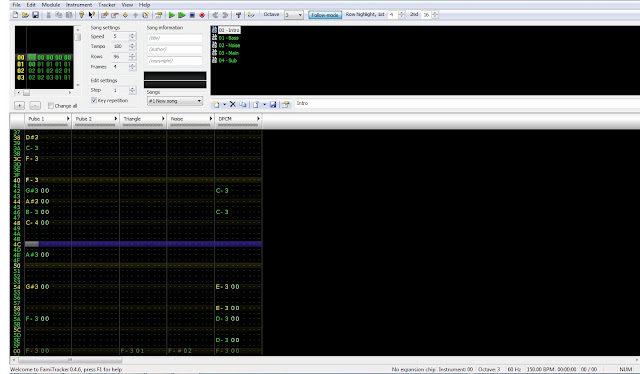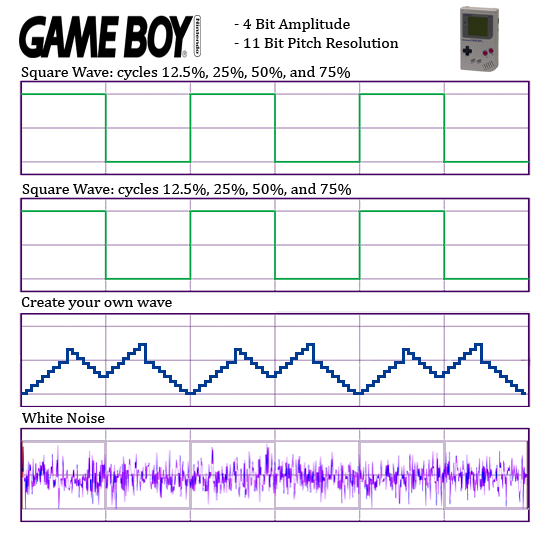Product Day 4:
This is most likely my final day working on my product. I have added the last 30 seconds needed for my chiptune to reach a total of two minutes. I have written the last few verses, and I have written the conclusion as well. I've also added some touch-ups to make some previous sections sound better by adding effects such as volume shifts or pitch shifts. Overall, I believe that my product has been polished and that it's ready for presentation.


